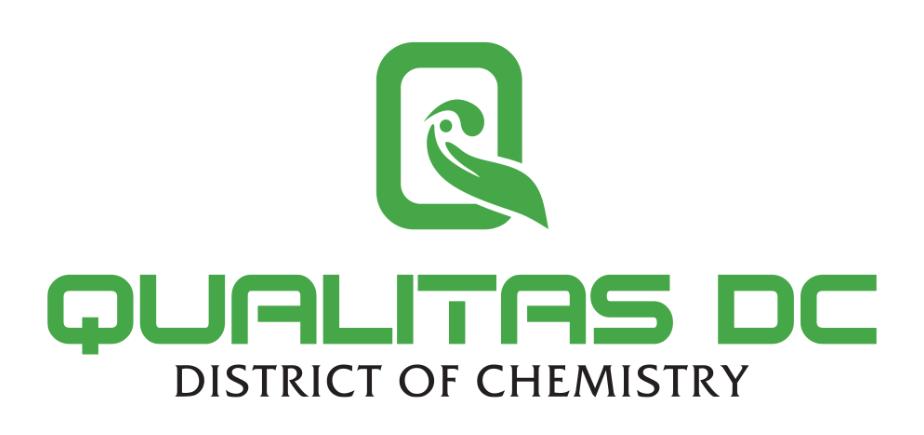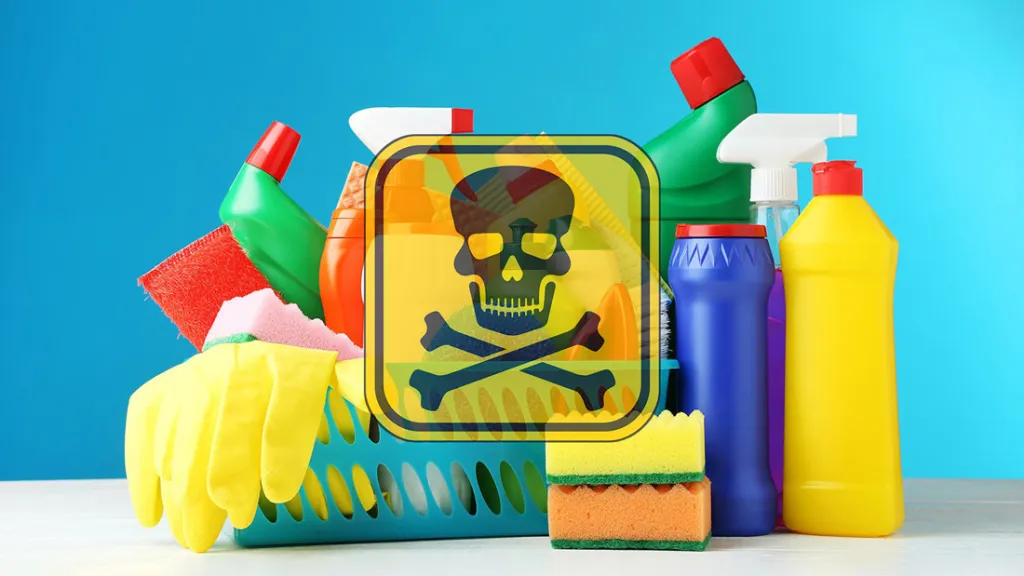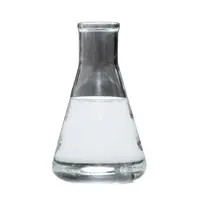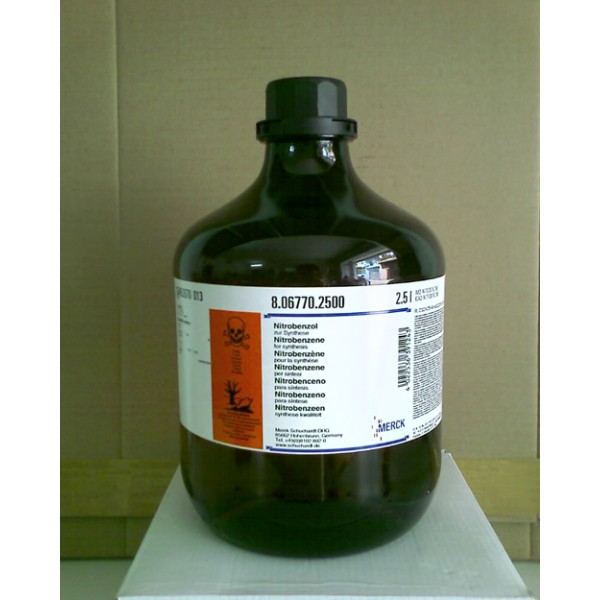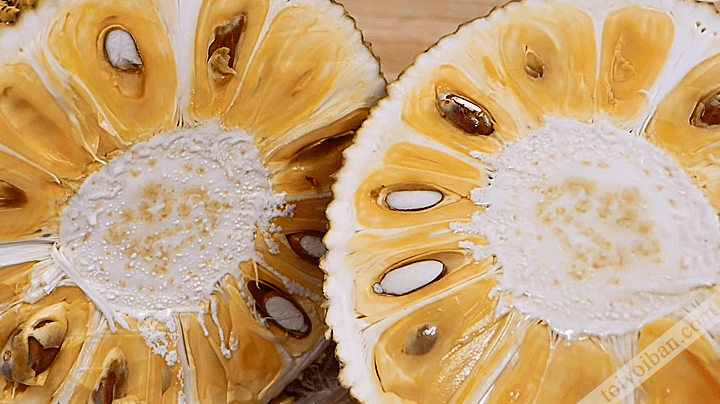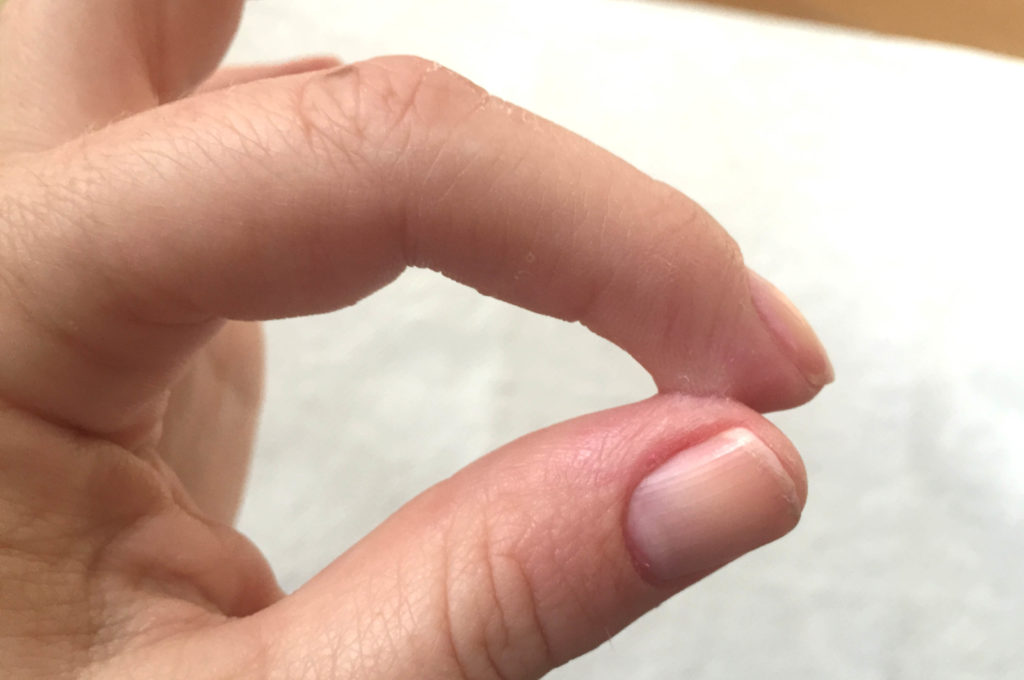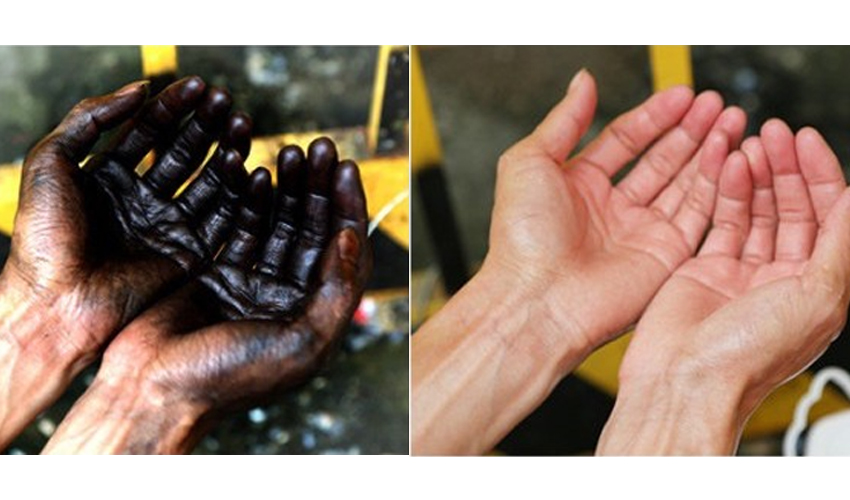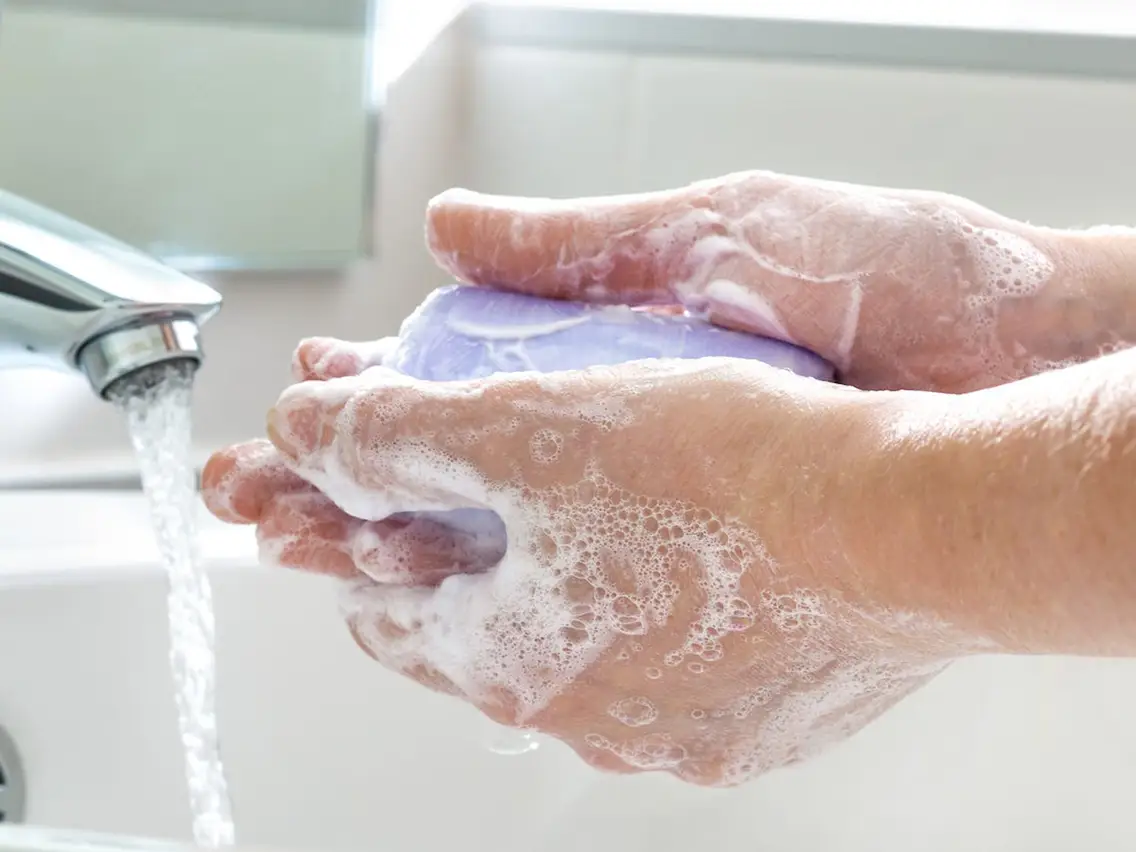Detergents are a necessary part of our lives, but they can also contain harmful chemicals. Here is a list of some of the most common hazardous substances found in detergents that Qualitas DC reports.
Phosphate
Phosphate is a nutrient for plants, used in detergents to make them more effective at cleaning.
However, they can also contaminate water sources and contribute to eutrophication. It should cause eutrophication in the aquatic environment, a condition in which water becomes rich in nutrients that help algae bloom and overgrow. This reduces the oxygen level in the water which is lethal to plankton and other aquatic animals.
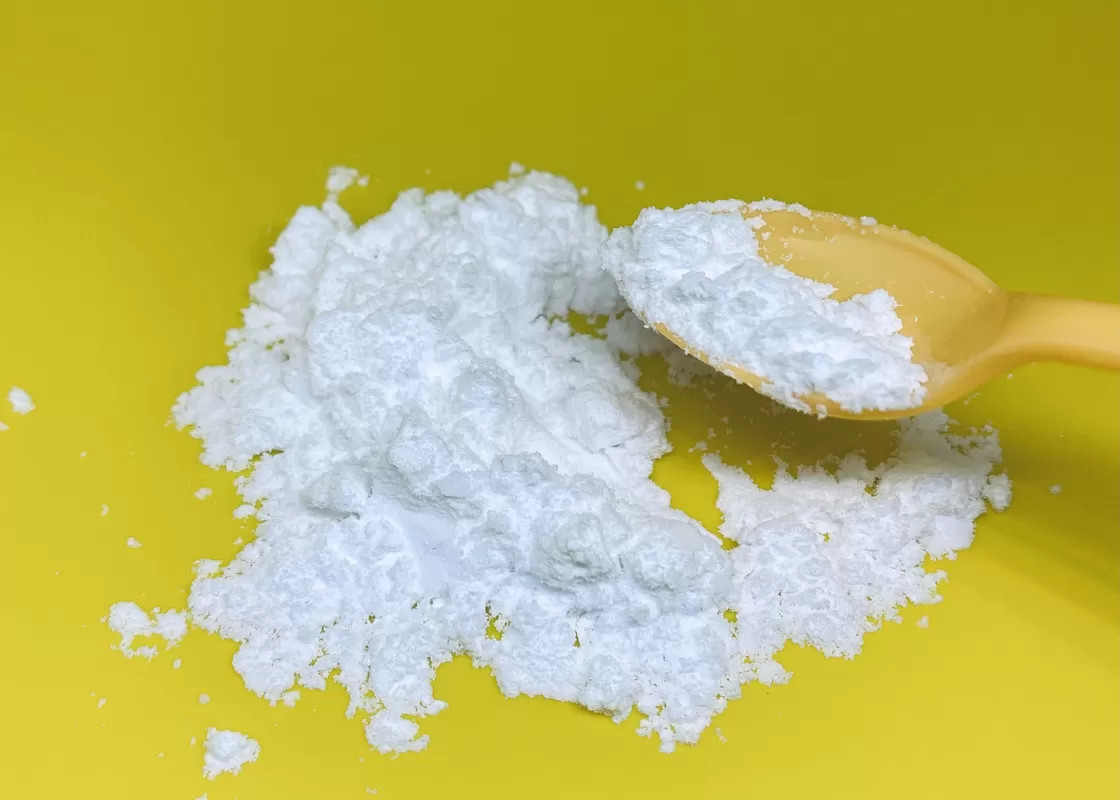
Chlorine
Chlorine is used in detergents as a bleaching agent. It is used in many household products, including bleach, dishwashing liquid, and laundry detergent.
However, it can also cause skin, eye, and lung irritation. Chlorine can also react with other chemicals in detergents to form harmful by-products such as chloroform and dioxins.
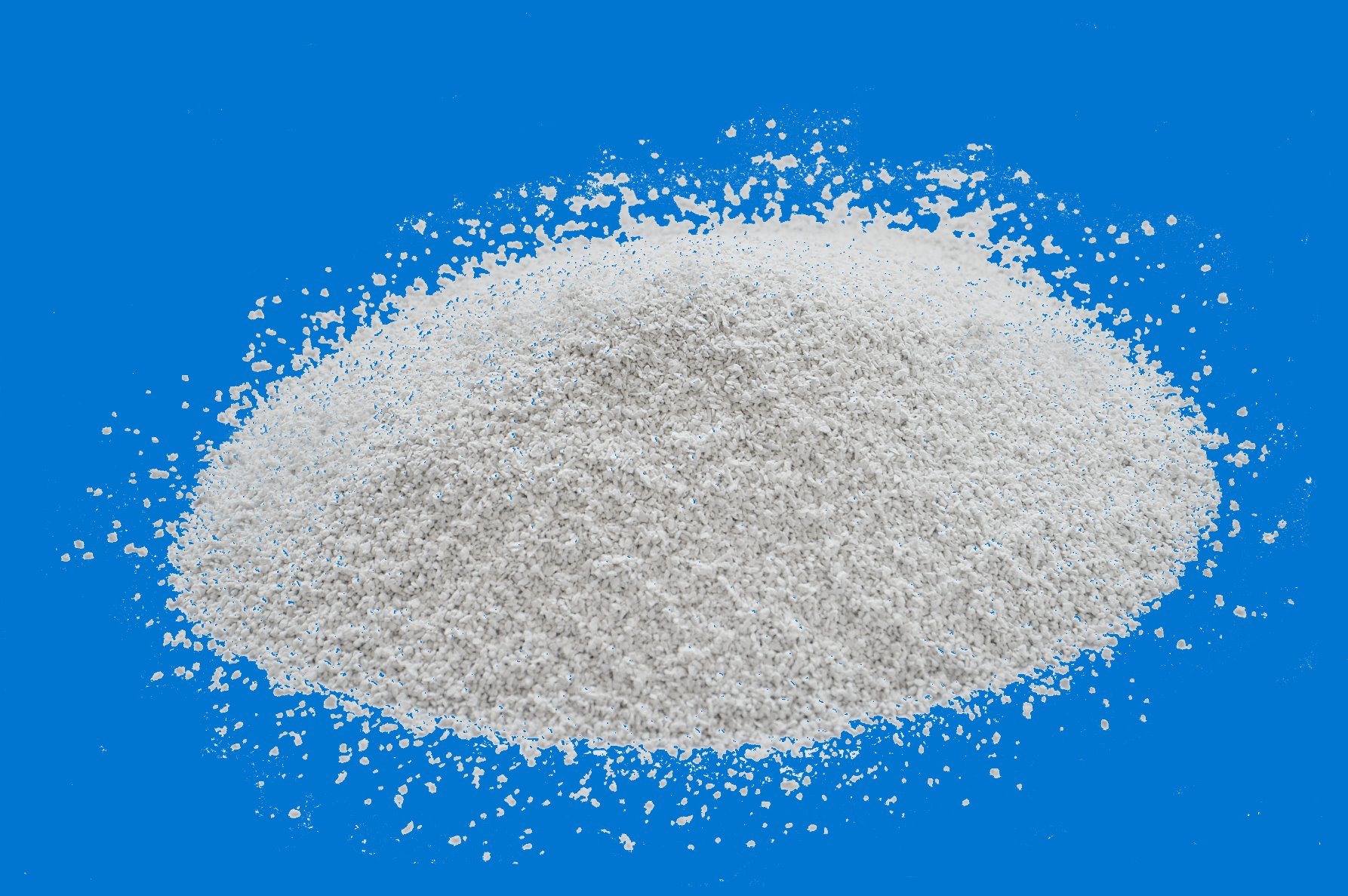
Formaldehyde
Formaldehyde is a preservative used in some cleaning products and many household products, including cosmetics and furniture.
However, it is a known carcinogen and can cause respiratory problems, eye problems, and skin irritation.
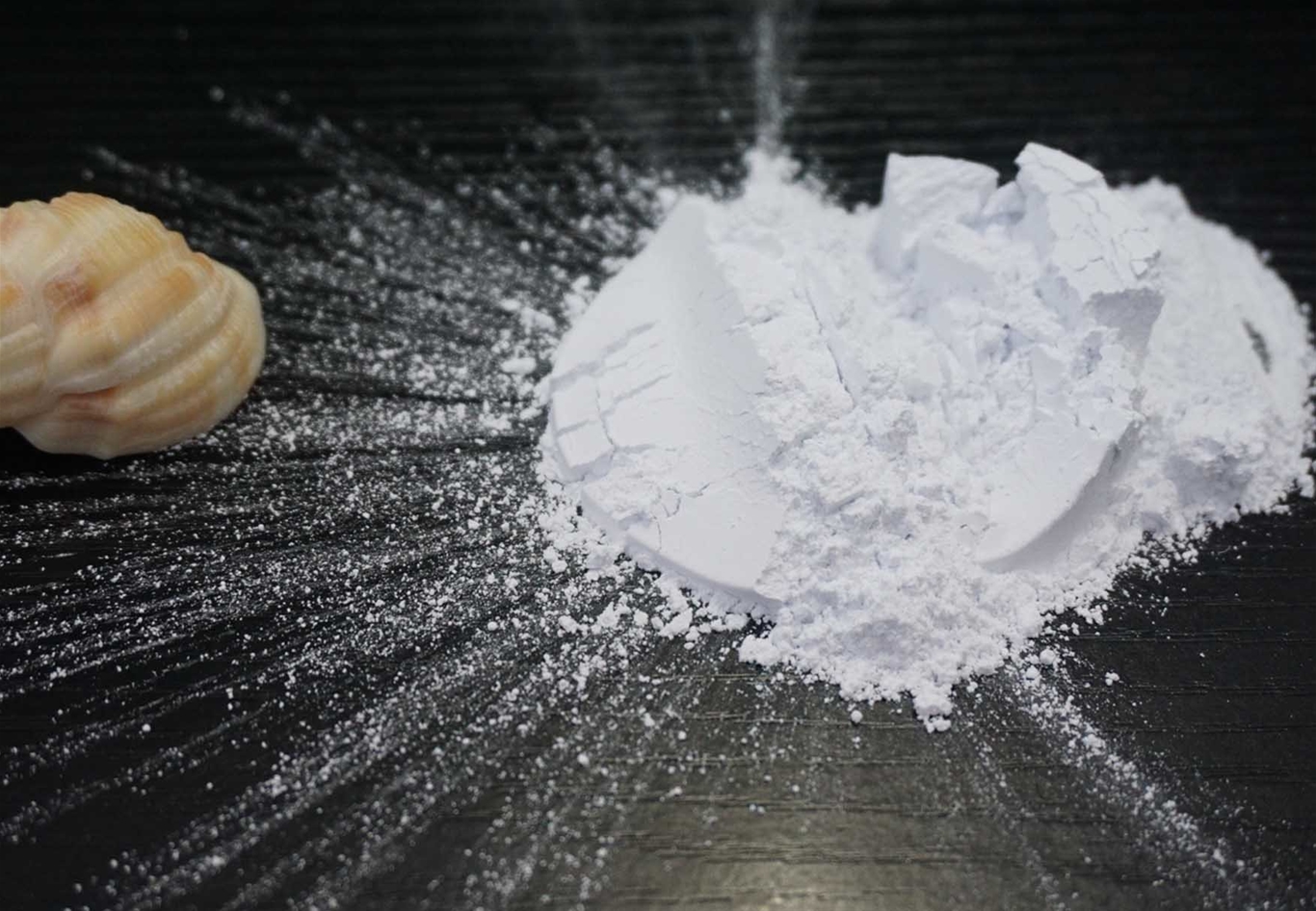
Nonylphenol ethoxylates (NPEs)
NPEs are surfactants used in detergents to help them dissolve in water.
They are highly toxic to aquatic life, causing severe damage to fish gills and destroying the mucus layer on their skin that protects them from bacteria, parasites and toxins in the surrounding water. In humans, they can cause endocrine disorders, infertility, and cancer.
Benzene
Benzene is a volatile organic compound used in many household products, including paints, cleaners, and solvents.
It is a known carcinogen and can cause leukemia and other types of cancer.
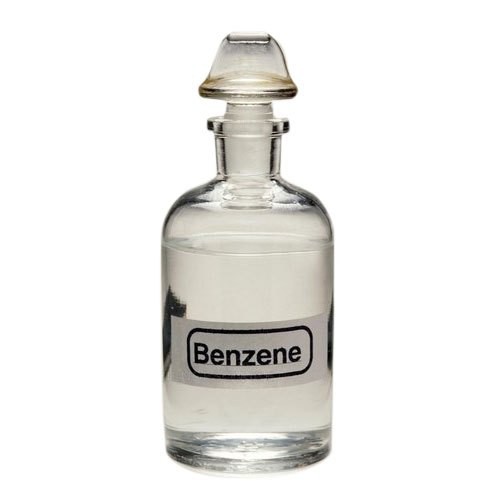
Triclosan
Triclosan is an antibacterial agent found in most cleaning products labeled as “antibacterial”. They are used in many household and personal care products, including toothpaste, facial cleansers, dishwashing liquid, and toilet cleaners.
It has been linked to a number of health effects, including hormonal disturbances, cancer, malformations, liver toxicity, and more.
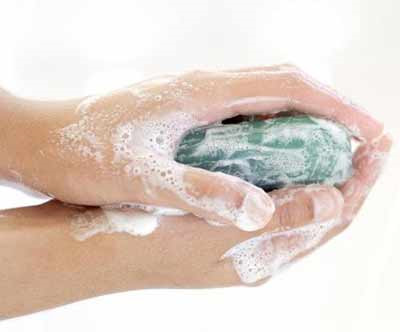
1,4-dioxane
1,4-dioxane is a colorless, volatile liquid with a sweet odor. It is a toxic substance used to make surfactants such as ethoxylated alcohol and sodium laureth sulfate (SLES) – used in a number of consumer products, including dishwashing liquid, household cleaners, and household cleaners. cleaning agent and bleach.
It can cause a number of health problems, including skin and eye irritation, liver, kidney and nervous system damage, reproductive disorders, cancer, and more.
Phthalate
Phthalates are a group of chemicals most commonly used in air fresheners, but also in all types of cleaning products, laundry and many consumer products, including plastics, paints and cosmetics. .
May cause a number of health problems, including endocrine disorders, infertility, and cancer.
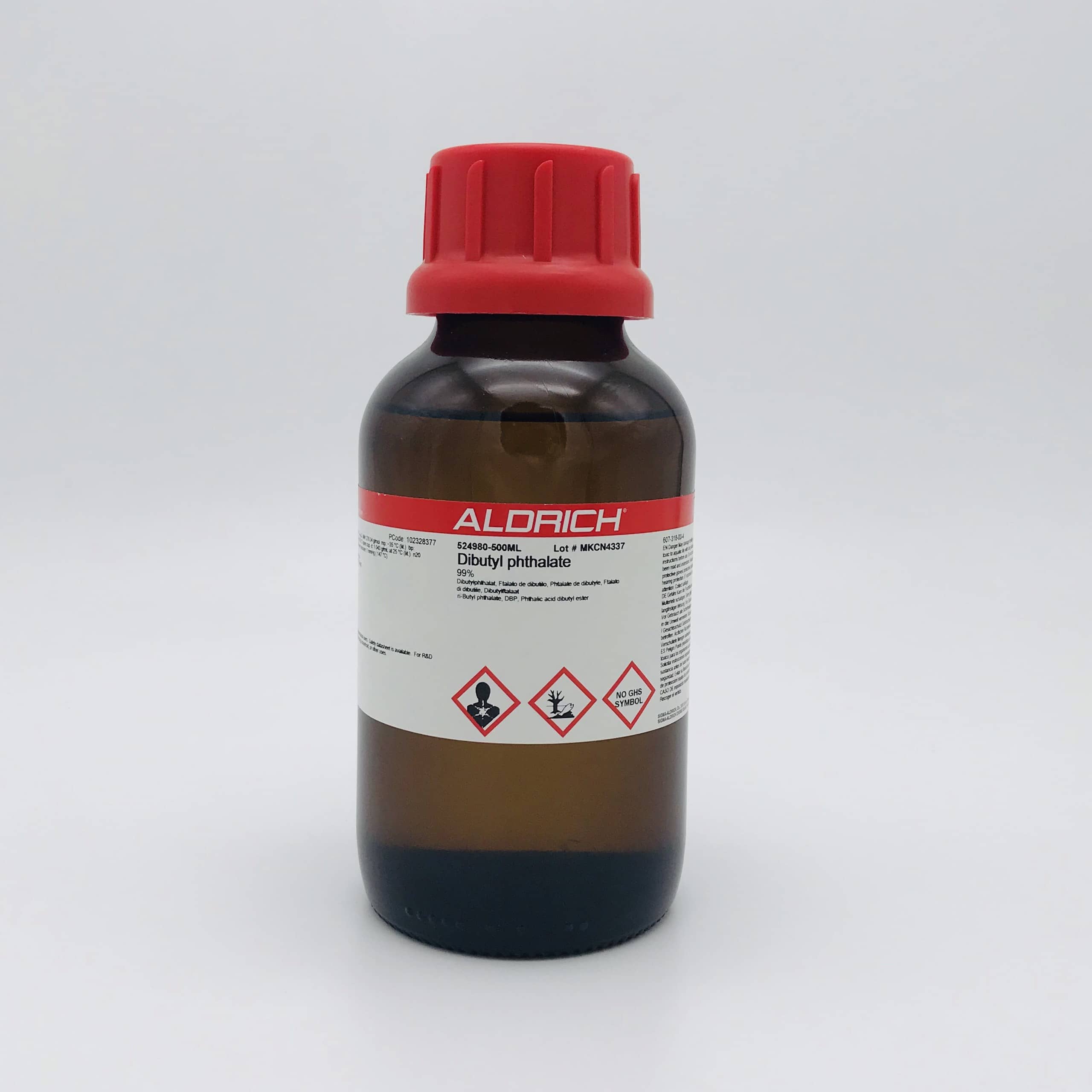
Quaternary ammonium compounds (QUAT or QAC)
Quaternary ammonium compounds (QUATs) are a group of chemicals used as disinfectants, surfactants, and fabric softeners in consumer products such as laundry, dishwashing liquid, toilet cleaners and bleach.
They can cause a number of health problems, including irritation to the skin, eyes, and respiratory tract. Toxic to many aquatic organisms such as fish, daphnids, algae, rotifers and microorganisms. In addition, QUATs do not break down easily in the environment, so they accumulate and cause long-term harm to the ecosystem.
Volatile Organic Compounds (VOCs)
VOCs are a group of chemicals found in many consumer products, including paints, solvents, and cleaning agents. They can cause a number of health problems, including irritation of the skin, eyes, and respiratory tract, as well as chronic breathing problems.
In aquatic environments, VOCs cause overgrowth of algae, leading to the spread of bacteria, blocking out light important to aquatic ecosystems as well as depleting oxygen levels, killing fish. and other animals
Similar to phosphates, VOCs can even lead to algal blooms that turn water green, slimy, foul-smelling, unable to sustain life underwater which can poison drinking water or swimming pools. , as is the case with cyanobacteria.
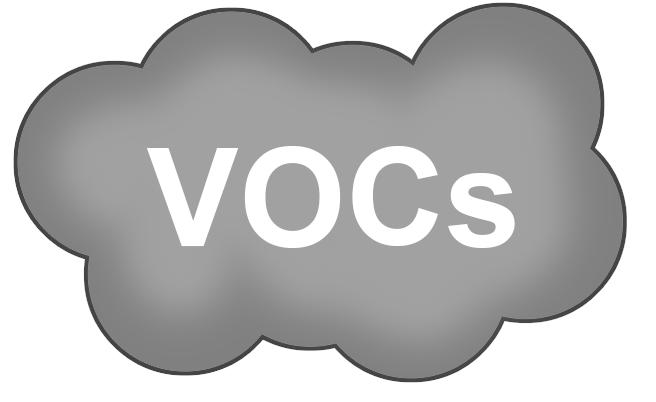
Methylisothiazolinone (MI)
Methylisothiazolinone (MI) is a preservative used in many consumer cleaning products, including cosmetics, fragrances, and detergents.
The Environmental Protection Agency (EPA) states that Methylisothiazolinone is highly toxic to marine and freshwater organisms. It’s been linked to a number of health problems, including allergies, rashes, and difficulty breathing.
See also: Harm when using improper cleaning agents
